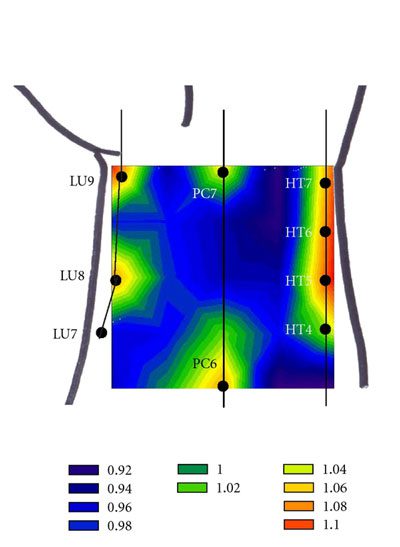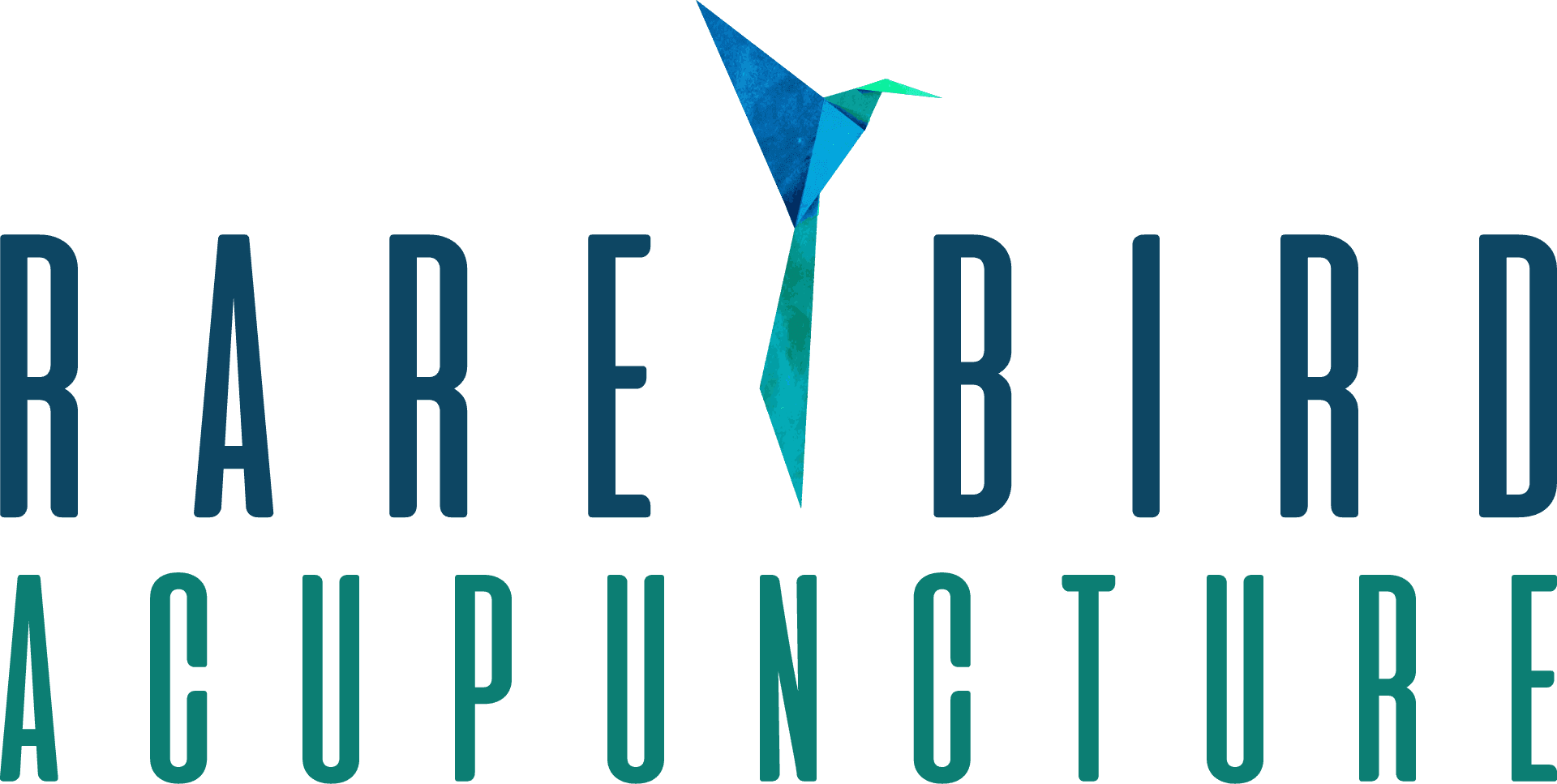According to Chinese medicine, life force energy (Qi) is carried throughout the body in a complex system of vessels called Meridians and follows the free flow of blood within the body. If the movement of blood is restricted within the body, then so is the movement of life force energy, thereby causing disharmony in the otherwise proper symbiotic functioning of the organs.
For centuries, life was considered to be a bioelectrical and vibrational energy phenomenon, and so health revolved around balancing energy through various means. Our bodies are electromagnetic in nature, and science has measured these frequencies with advanced machines, like EKGs and MRI scanning, for many years.

Traditional Chinese medicine (TCM) has had a successful existence for a long time and has provided functional paths for curing disease. However, some scientists do not accept acupuncture, primarily because the meridian system lacks a physical anatomical basis.
Previously, North Korean scientist Kim Bong-Han proposed that he had found meridians in the early 1960s. Dr. Kim Bong-Han showed over 50 years ago that new tubular structures exist inside and outside of blood vessels and lymphatic vessels, as well as on the surface of internal organs and under the dermis. He believed they were the traditional meridian lines.
The Meridians were called Bonghan ducts or channels after his research. But now, the existence of this system in various organs has now been corroborated by further research.
We conclude that the primo-vascular system (PVS) allows communication between living organisms and the environment. The PVS is duplicated by the vascular and nervous systems during the very early stage of body development. For this reason, the PVS combines the features of the vascular, nervous, immune, and hormonal systems. The PVS, in all its aspects, is understood as a system that covers the entire body and regulates and coordinates all biological life processes.
Scientists at Seoul National University confirmed the existence of meridians, which they refer to as the “primo-vascular system.” They say that this system is a crucial part of the cardiovascular system. The current Korean researchers now believe the primo-vascular system is, in fact, the physical component of the Acupuncture Meridian System. It has also been suggested that this system is involved in channeling the flow of energy and information relayed by biophotons (electromagnetic waves of light) and DNA.
We propose a new vision of the anatomical basis for the PVS and the vital energy, called “Qi,” as an electromagnetic wave that is involved very closely with the DNA in the PVS. DNA provides genetic information, and it functions as a store of information that can be obtained from the electromagnetic fields of the environment.
The PVS is a previously unknown system that integrates the features of the cardiovascular, nervous, immune, and hormonal systems. It also provides a physical substrate for the acupuncture points and meridians. Announcements of the function of the PVS fundamentally changed the basic understanding of biology and medicine because the PVS is involved in the development and functions of living organisms.
Read the Full Article Here:
The Primo Vascular System as a New Anatomical System, December 2013
“Acupuncture points have a higher density of micro-vessels and contain a large amount of involuted microvascular structures. The non-acupuncture points did not exhibit these properties.”
Previously, scientists used a combination of imaging techniques and CT scans to observe concentrated points of microvascular structures that clearly correspond to the map of acupuncture points created by Chinese energy practitioners in ancient times. The CT scans have discovered that known acupuncture points within the body have a higher density of “micro-vessels and contain a large amount of involuted microvascular structures.”
Read more about the use of CT scans and acupuncture points by following this link to the full article: CT Scans Reveal Acupuncture Points.
